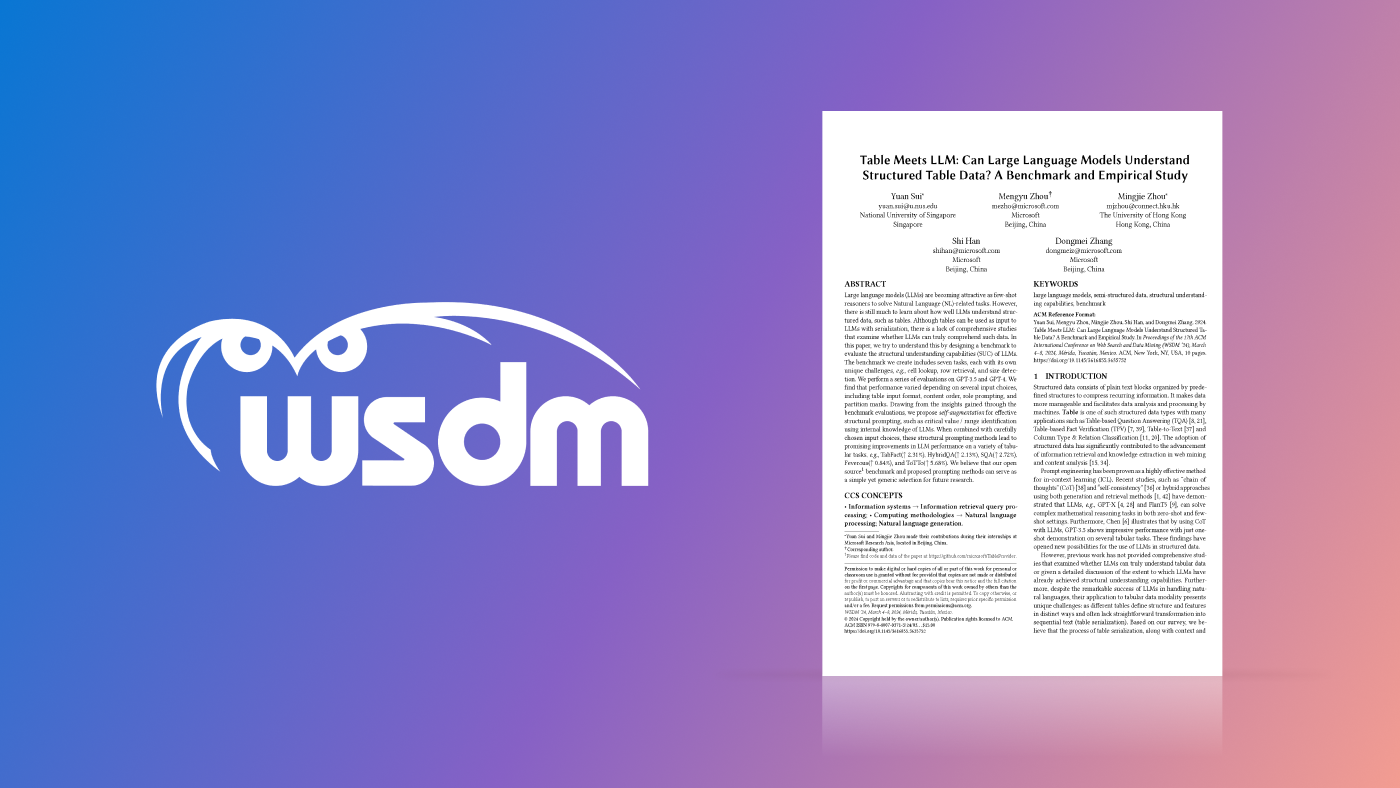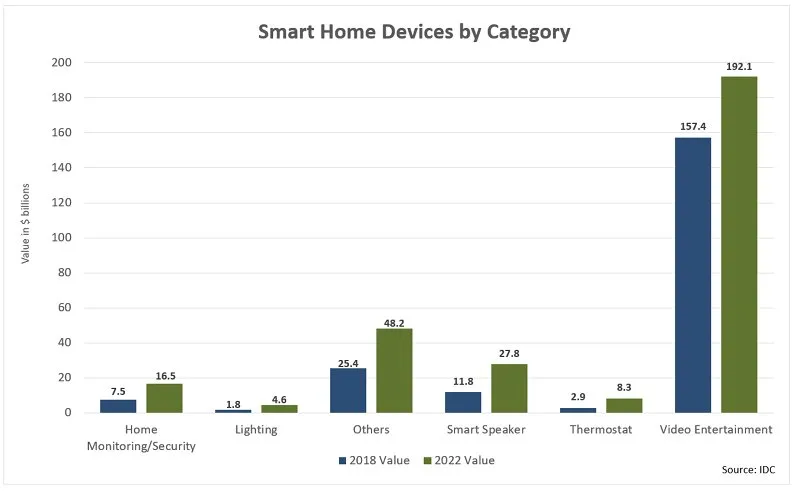Improving LLM Siri: Apple's Challenges And Solutions

Table of Contents
Data Limitations and Privacy Concerns
Apple's unwavering commitment to user privacy, a commendable aspect of its brand, presents a significant challenge in improving LLM Siri. This commitment directly impacts the amount of data available for training and refining its LLMs. This contrasts sharply with competitors who readily utilize vast publicly available datasets for training their AI assistants.
The Data Scarcity Problem
The limited training data directly impacts Siri's performance:
- Limited training data results in less accurate and nuanced responses: Siri's responses may lack the depth and accuracy of competitors, leading to a less satisfying user experience. Improving LLM Siri requires a significant increase in the quality and quantity of training data.
- Difficulty in adapting to diverse accents and dialects: A smaller, less diverse dataset hinders Siri's ability to understand and respond effectively to users with various accents and dialects. This limits its global appeal and accessibility.
- Potential for slower innovation: The reliance on smaller datasets potentially slows down the pace of innovation compared to competitors who can leverage much larger datasets for quicker model iterations and improvements.
Balancing Privacy and Performance
The critical challenge for Apple is striking a balance between user privacy and the performance gains achieved through large datasets. Fortunately, promising solutions exist:
- Federated learning: This technique allows for model training on decentralized data stored on individual user devices, eliminating the need to collect and centralize sensitive information. This approach preserves user privacy while still benefiting from a large amount of training data.
- Differential privacy: This method adds carefully calibrated noise to the data to protect individual user information while preserving the overall utility of the dataset for model training. It's a powerful tool for mitigating privacy risks while still enabling effective LLM training.
- Significant R&D investment: Successfully implementing these privacy-preserving techniques requires a considerable investment in research and development of specialized privacy-preserving machine learning algorithms and infrastructure.
Computational Constraints and Resource Management
Developing a sophisticated LLM Siri requires careful consideration of computational resources and efficient resource management. This involves navigating the trade-offs between on-device and cloud processing.
On-Device vs. Cloud Processing
The decision of where to process LLM requests (on the device or in the cloud) significantly impacts performance and user experience:
- On-device processing: Offers speed and offline functionality, crucial for a seamless user experience. However, it limits the complexity of tasks that Siri can handle due to the constraints of device hardware.
- Cloud processing: Allows for the use of more powerful LLMs and access to greater computational resources. However, it relies on consistent internet connectivity and introduces latency, potentially leading to frustrating delays in responses.
- Optimal resource allocation: Apple must develop sophisticated algorithms to dynamically allocate resources between on-device and cloud processing based on factors like network availability, battery life, and the complexity of the user's request.
Optimizing Model Size and Efficiency
To improve LLM Siri while maintaining optimal performance on Apple devices, the size and efficiency of the underlying LLMs are critical factors:
- Model compression techniques: These methods reduce the size of LLMs without substantially sacrificing accuracy, enabling faster processing and reduced storage requirements.
- Quantization: This technique reduces the precision of numerical representations within the neural network, leading to smaller model sizes and faster inference times.
- Pruning: Removing less important connections within the neural network can significantly improve both speed and efficiency without impacting performance severely.
Enhancing Siri's Capabilities and Understanding
Improving LLM Siri requires significant advancements in both its natural language understanding (NLU) capabilities and the expansion of its overall functionality.
Improving Natural Language Understanding (NLU)
Siri's ability to interpret complex and nuanced language needs substantial improvement:
- Sophisticated NLU techniques: Integrating advanced techniques like transformers and attention mechanisms will greatly improve Siri's ability to understand context and handle ambiguities in user requests.
- Diverse training data: Exposing the model to a far wider range of language styles and contexts will enable it to better understand and respond to diverse users.
- Robust error handling: Developing mechanisms to gracefully handle misunderstandings and provide informative responses when Siri doesn't fully understand a request is crucial.
Expanding Siri's Functionality
Adding new features and integrations is key to keeping Siri relevant and competitive:
- Enhanced ecosystem integration: Deeper integration with other Apple services like iMessage, HomeKit, and Health will make Siri a more indispensable part of the Apple ecosystem.
- Multilingual support: Expanding support for more languages and dialects will broaden Siri's reach and user base globally.
- Third-party app integration: Seamless integration with popular productivity and entertainment apps will significantly enhance Siri's usefulness and appeal.
Conclusion
Improving LLM Siri presents considerable challenges for Apple, particularly concerning data limitations, computational constraints, and enhancing its fundamental understanding of language. However, by strategically addressing these issues through focused research and development in areas such as federated learning, model optimization, and advanced NLU techniques, Apple can unlock the full potential of LLMs and deliver a truly superior virtual assistant experience. The future of improving LLM Siri relies on Apple's commitment to innovation and finding a balanced approach that respects user privacy while enhancing performance. The path forward requires dedication and investment in these key areas to ensure Siri becomes a leader among virtual assistants.

Featured Posts
-
 Mntkhb Alwlayat Almthdt Thlathy Jdyd Fy Qaymt Bwtshytynw
May 21, 2025
Mntkhb Alwlayat Almthdt Thlathy Jdyd Fy Qaymt Bwtshytynw
May 21, 2025 -
 Saskatchewan Political Panel Discussion The Federal Elections Significance
May 21, 2025
Saskatchewan Political Panel Discussion The Federal Elections Significance
May 21, 2025 -
 Gma Layoffs Robin Roberts Reaction And Fan Response
May 21, 2025
Gma Layoffs Robin Roberts Reaction And Fan Response
May 21, 2025 -
 Big Bear Ai Stock Investment Is It Right For You
May 21, 2025
Big Bear Ai Stock Investment Is It Right For You
May 21, 2025 -
 Llm Siri Apples Path To Ai Assistant Dominance
May 21, 2025
Llm Siri Apples Path To Ai Assistant Dominance
May 21, 2025
